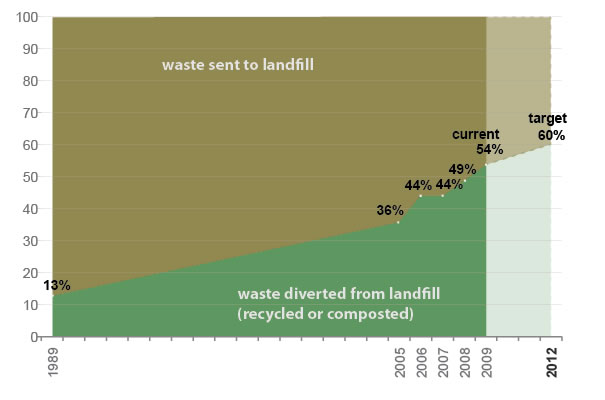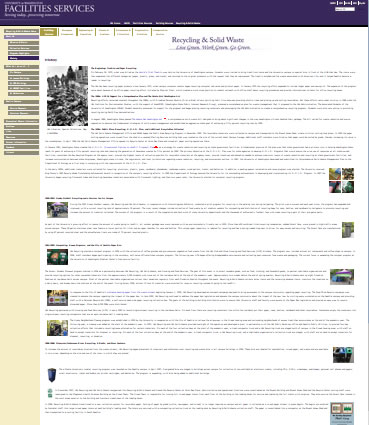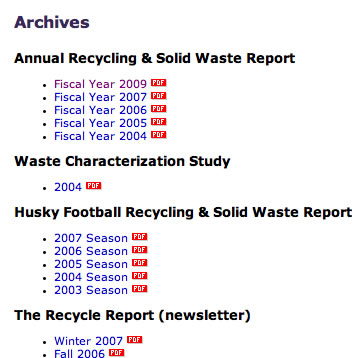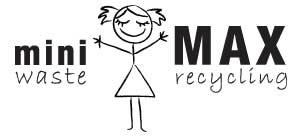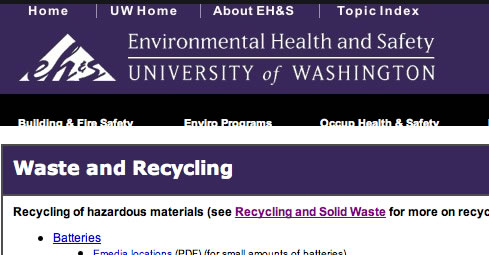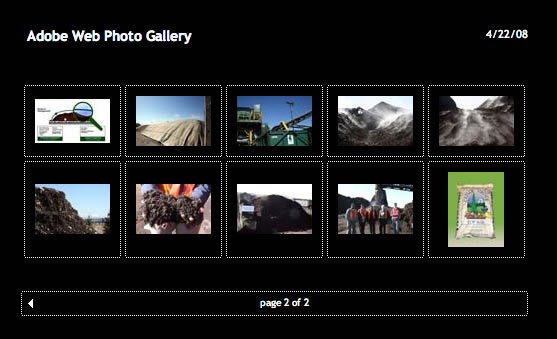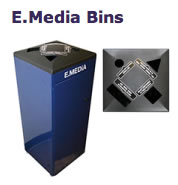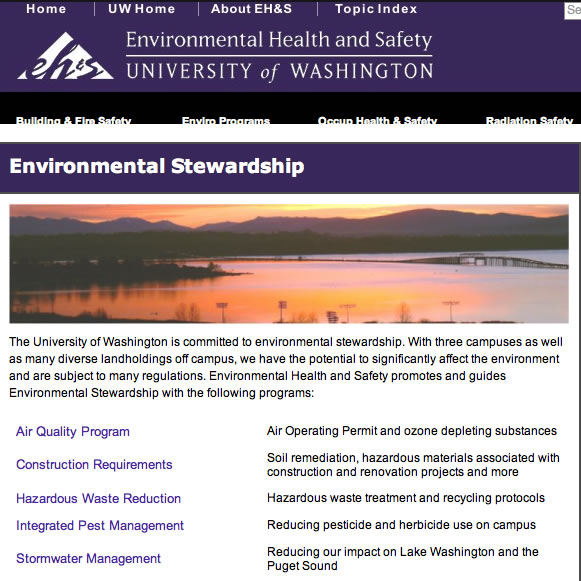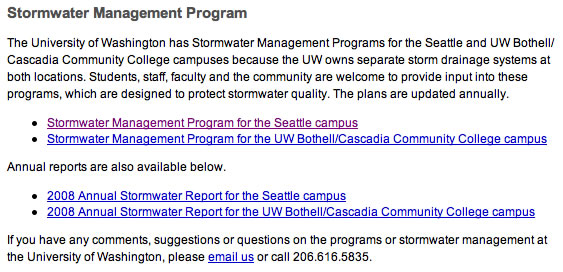 DISPOSAL - Garbage/Waste
DISPOSAL - Garbage/Waste
In 2009, for the first time, over half of our waste was either recycled or composted. We’re well on our way toward our 2012 goal of 60% diversion. Our solid waste was analyzed in the March, 2010 ‘trash-in’ and revealed that roughly 29% of the material headed to the land-fill could have been recycled or composted.
What we're doing:
The history of waste and recycling at the is described here.
There is a list of vendors who compost/recycle or landfil the material disposed of by the UW on this page.
Extensive reports about the UW's waste & recycling program going back to 2000 can be found on this page.
What you can do:
To start composting in your office area, read about the Office/kitchen compost program on this page
Read this page which provides guidance on what and where to dispose of various materials.
Items recycled at the UW:
x
Aluminum-beverage containers-scrap metal
x
Cardboard-all types of cardboard
x
Glass-beverage and food containers
x
Paper-All grades mixed paper
x
Plastics (some) Plastic Film, Hard Plastics, Pipette Boxes.
x
Other. Organics (Food Waste & Clean Wood & Landscape Debris)
Construction & Demolition Debris- Mixed C&D, Asphalt/Concrete, and metal. Carpet, Lamps, PVC, Metal, Wood (Pallets, Timber, Branches), Concrete, Batteries, Media Material, Electronics, Monitors, Computers, Furniture, Carpet, Petroleum Products, Automotive Parts.
Read this page to learn about the mini MAX system for reducing waste:
Resources
Composting
Organics accounted for 34% (1,987 tons) of the total tons recycled in fiscal year 2009 and includes Landscape Debris, Clean Wood & Pallets, and Food Waste.
Landscape Debris is all organic waste generated from landscaping activities and includes grass clippings, leaves, plant trimmings, and branches. Some of the material is chipped on site and used as much throughout campus. The landscape debris that cannot be is composted by a contracted vendor. A total of 1,016 tons of landscape debris was diverted in fiscal year 2009.
Clean Wood & Pallets is wood scraps, large branches, stumps, pallets, and wood packing crates and comprised a total of 205 tons.
Food Waste is all pre- and post consumer food scraps and food waste and compostable service ware totaling 766 tons.
All 36 food service compost preconsumer food scraps (scraps produced during food preparation) and provide compost bins for diners. In 2008-2009 200 tons of preconsumer and 340 tons of post-consumer waste was composted.
In addition, compost toters are staged at loading areas of more than 60 buildings across the campus for use by students, faculty, and staff. Many offices are now composting regularly. Compost toters are on select floors of residence halls for a pilot program to determine if this program is feasible for all floors in all residence halls. Compost toters are provided to all stadium food vendors, coffee stands, and lemonade stands at each home football game. At the seven home games of the 2008 season, 7.44 tons of food waste were diverted for composting. A total of 669 tons of food waste were collected on the campus in 2008.(SEI 2009 Report)
ADDITIONAL INFORMATION & RESOURCES:
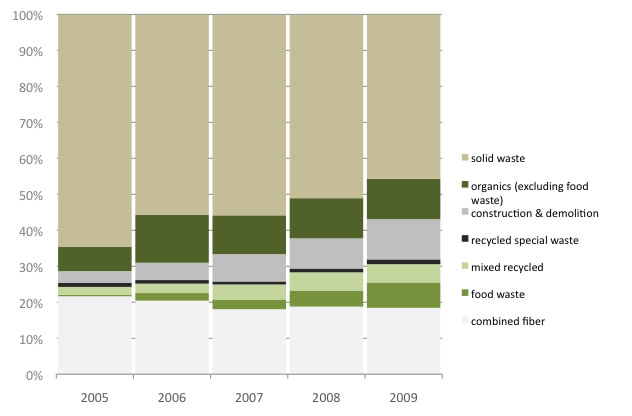
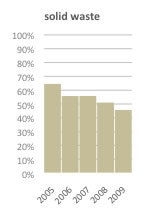
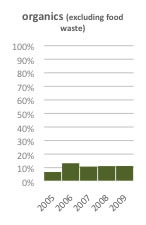
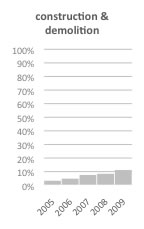
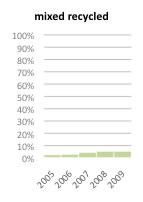
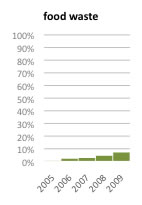
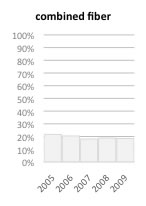
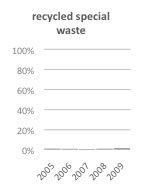
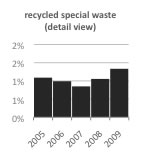
Seattle Composting - Facilities page:
UW Tacoma composting page:
UW Housing & Food Services composting tour:
Batteries/Electronic Media
E.Media is all non-confidential electronic media, such as CDs and DVDs, small personal electronics, such as cell phones, pages, portable music devices, and smart phones. There are more than 50 public area bins in campus buildings for disposal of electronic media by students, faculty and staff. In fiscal year 2009 the University recycled 11 tons of electronic media and personal electronics through the E.Media Recycling Program.
Hazardous waste
Surplus
Electronics in working and non-working condition that are no longer needed by a department are transferred to Surplus Property for resale or proper recycling. All electronics that cannot be resold are recycled by the University’s contracted vendor. 90 tons of electronics was diverted in fiscal year 2009.
